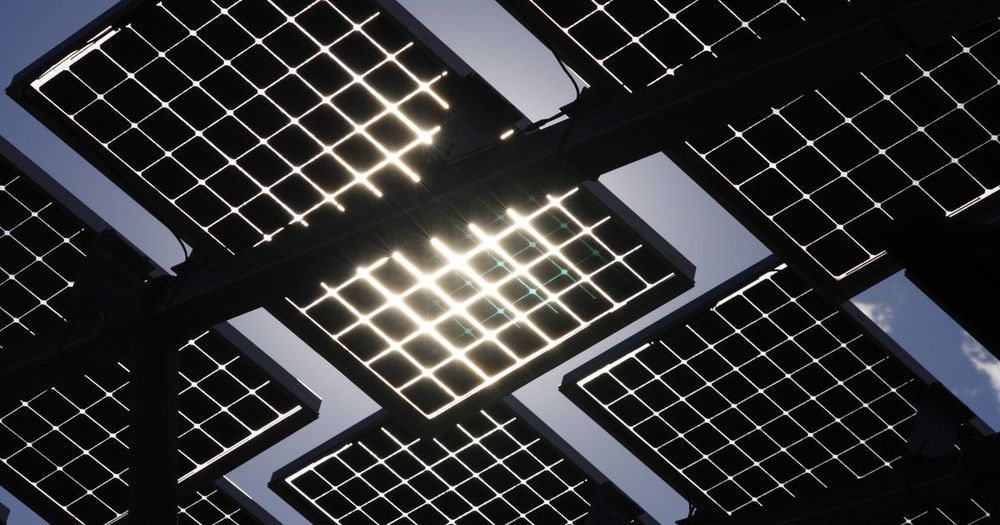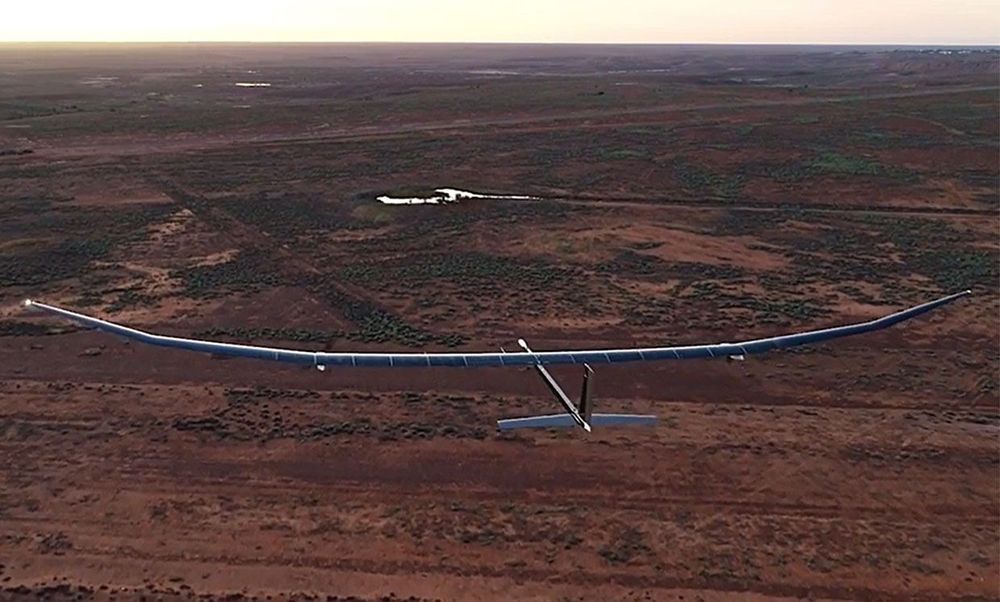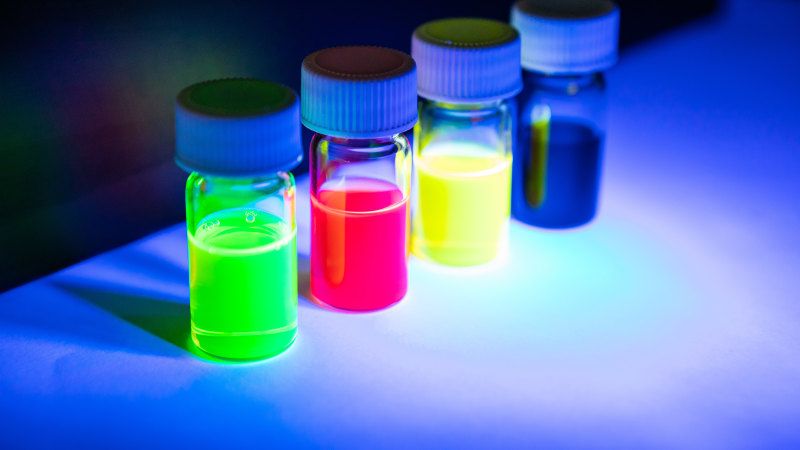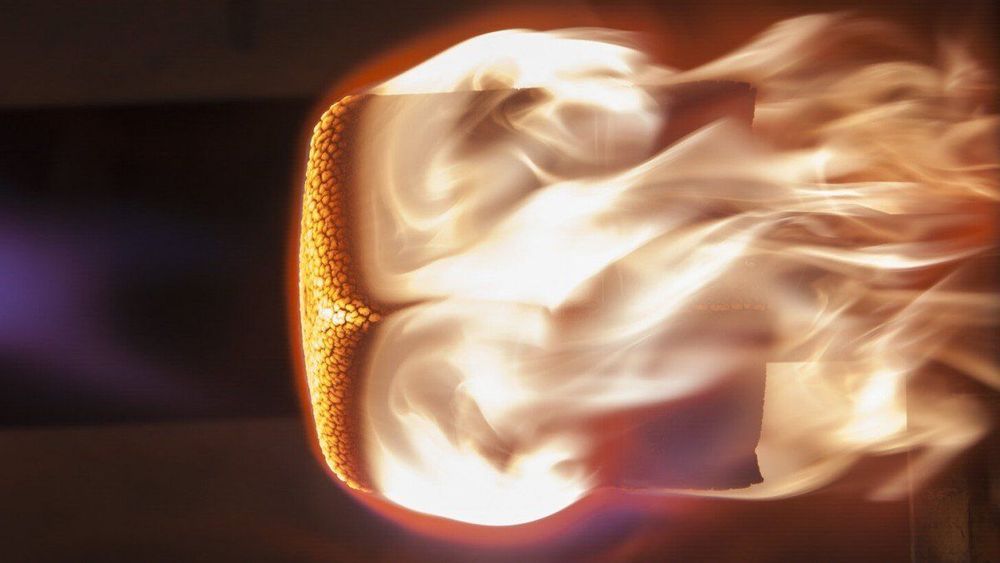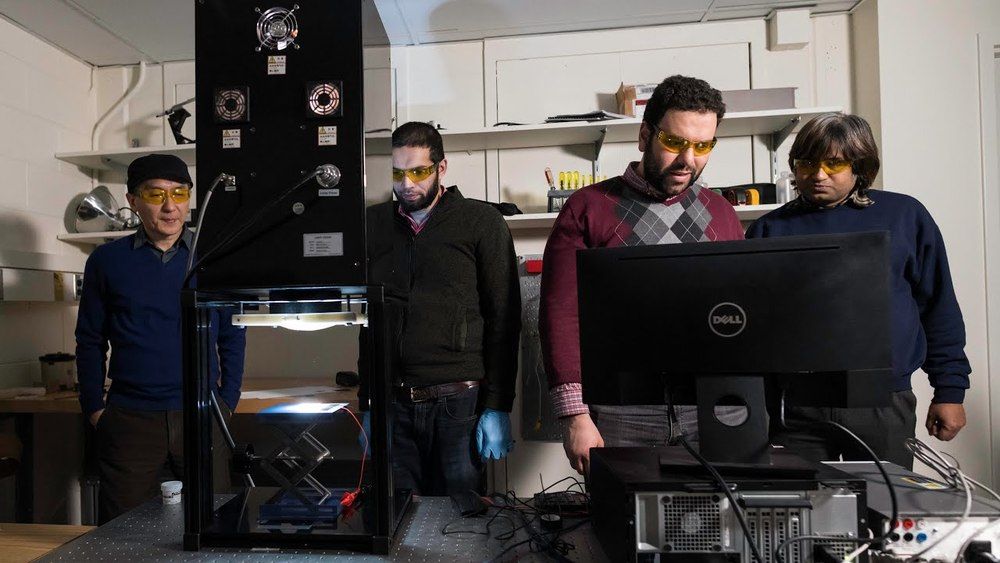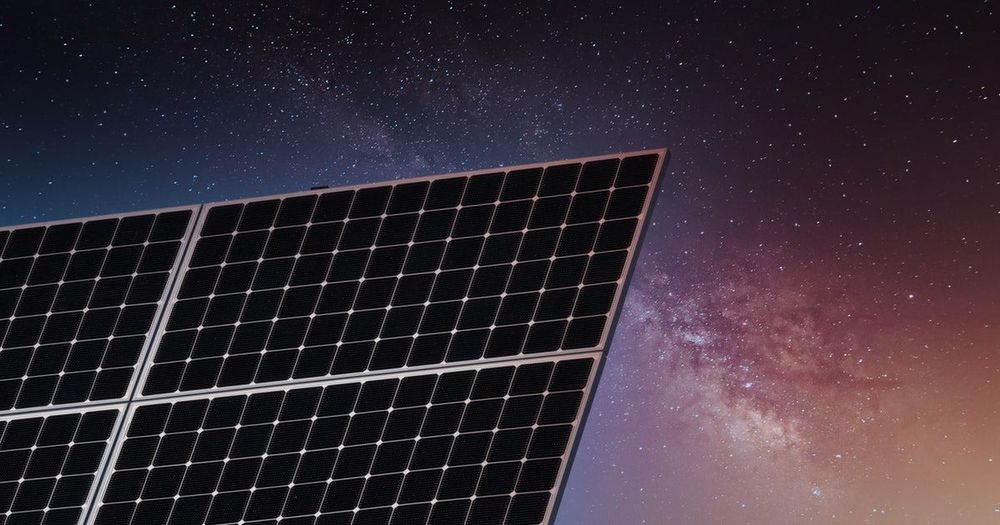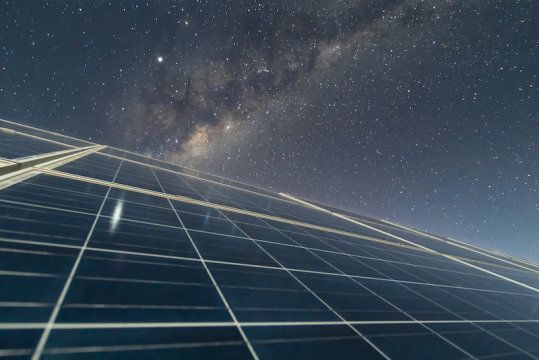
What if solar cells worked at night? That’s no joke, according to Jeremy Munday, professor in the Department of Electrical and Computer Engineering at UC Davis. In fact, a specially designed photovoltaic cell could generate up to 50 watts of power per square meter under ideal conditions at night, about a quarter of what a conventional solar panel can generate in daytime, according to a concept paper by Munday and graduate student Tristan Deppe. The article was published in, and featured on the cover of, the January 2020 issue of ACS Photonics.
Munday, who recently joined UC Davis from the University of Maryland, is developing prototypes of these nighttime solar cells that can generate small amounts of power. The researchers hope to improve the power output and efficiency of the devices.
Munday said that the process is similar to the way a normal solar cell works, but in reverse. An object that is hot compared to its surroundings will radiate heat as infrared light. A conventional solar cell is cool compared to the sun, so it absorbs light.
